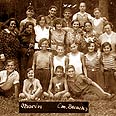
A. 'Habonim' group in summer camps near Berlin

B. The camps were held in 1930-1934
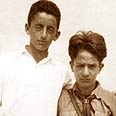
C. Another summer camp photo

D. 'Habonim' winter camp on Alps, 1935
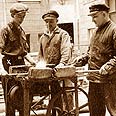
E. Aryhe (L) with a blacksmith, Germany 1934
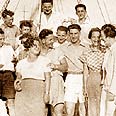
F. 'Habonim' graduates immigrate to Israel on board 'Tel Aviv'
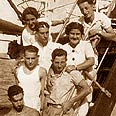
G. Aryeh is among the graduate immigrants
The Liebling family members are Zionist Jews who emigrated in the early 20th century from Poland to Germany, where four brothers were born: Gustav (Gad) in 1911, Moshe in 1913, Aryeh (Leo) in 1916, and Erwin (Ehud) in 1919.
A long time ago I was contacted by Yuval, Erwin's son, who told me that his father had photographs documenting the family's story and its immigration to Israel. I traveled to Erwin's home and met a man with a heavy German accent, an excellent memory, a great sense of humor, accuracy and observance – completely fitting Jews of German descent. All this captured my heart.
In 1929, the eldest brother Gad established a Jewish youth group in Germany, which joined the "Habonim" movement. In 1936, brothers Aryeh and Erwin immigrated to Israel on the "Tel Aviv" ship. Aryeh joined Kibbutz Ramat Hakovesh and set off to build the Tel Aviv port, while Erwin joined the youth movement in Kibbutz Givat Hashlosha, and two years later moved to Kibbutz Ein Harod.
Gad, Moshe and the parents managed to arrive in Israel in 1939, on the eve of World War II, which broke out on September 1, 70 years ago. Moshe arrived as a certified tooth technician and set up laboratories, which at first provided services in the kibbutzim of Beit Alfa and Heftizba. Aryeh and Erwin later joined the technical work, and the lab moved to Tel Aviv.
In this article we present the "Habonim" youth movement's way of life in Germany, their immigration to Israel and their integration there. In the next few chapters we'll present photographs documenting the Liebling family members' integration in building the land.
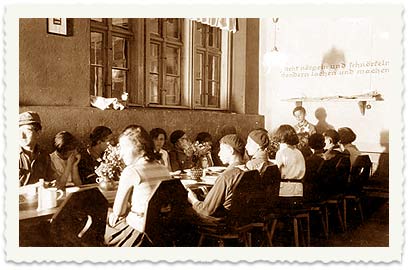
1. Photos 1-8: "Habonim" camps near Berlin, 1930-1934
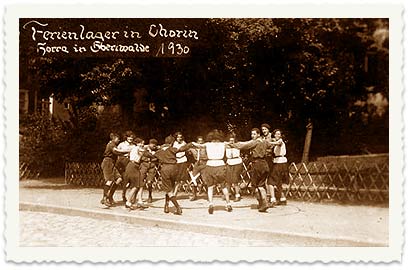
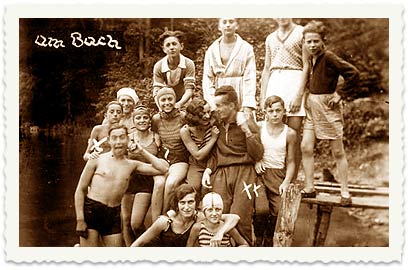
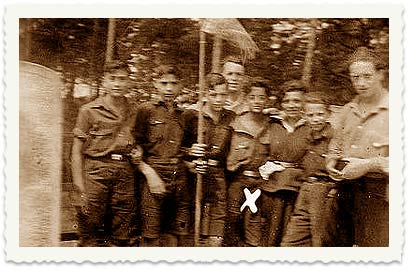
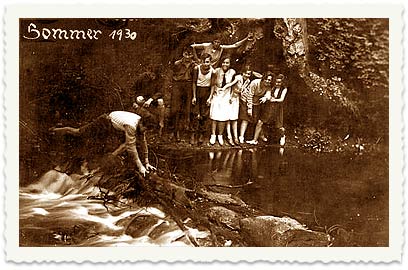
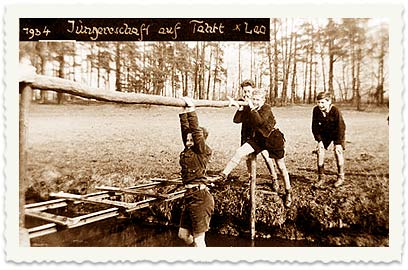
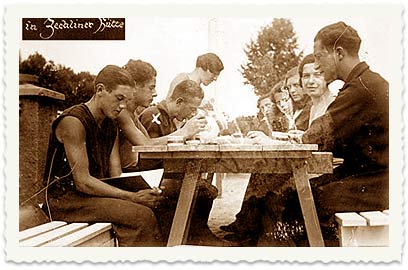
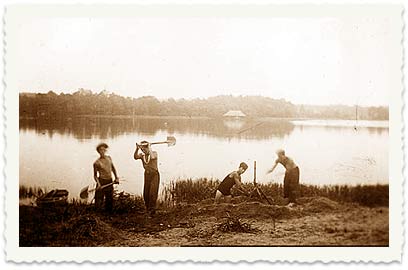
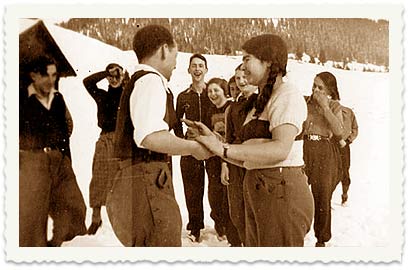
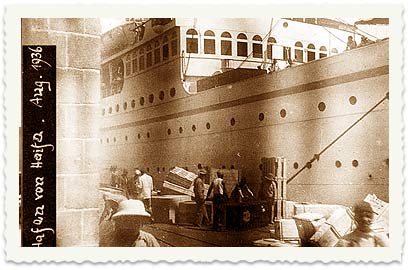
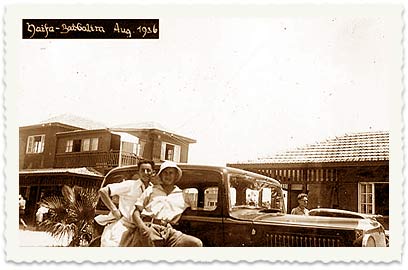
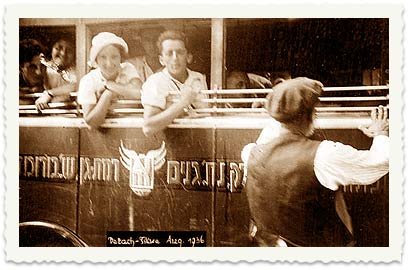
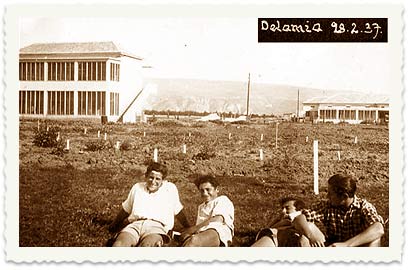
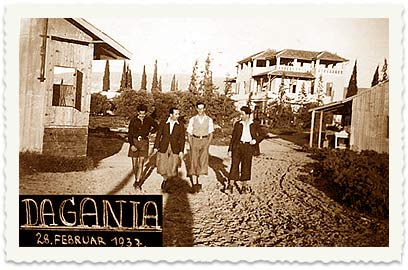
14. A visit to Degania, February 28, 1937
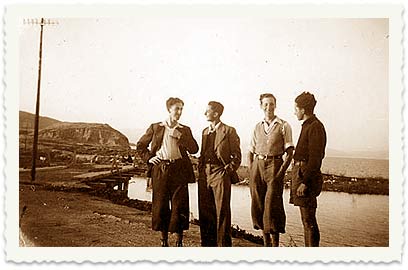
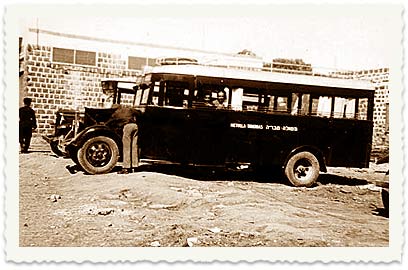
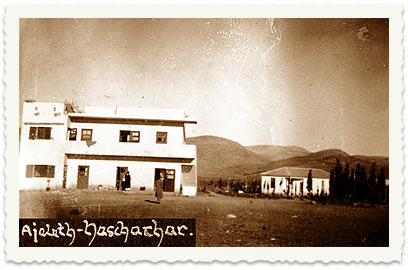
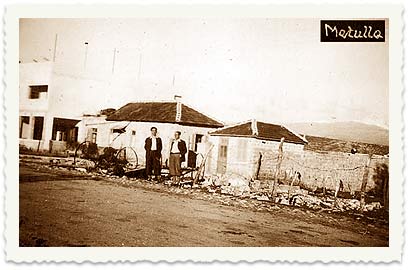
- For all trips to the past – click here















